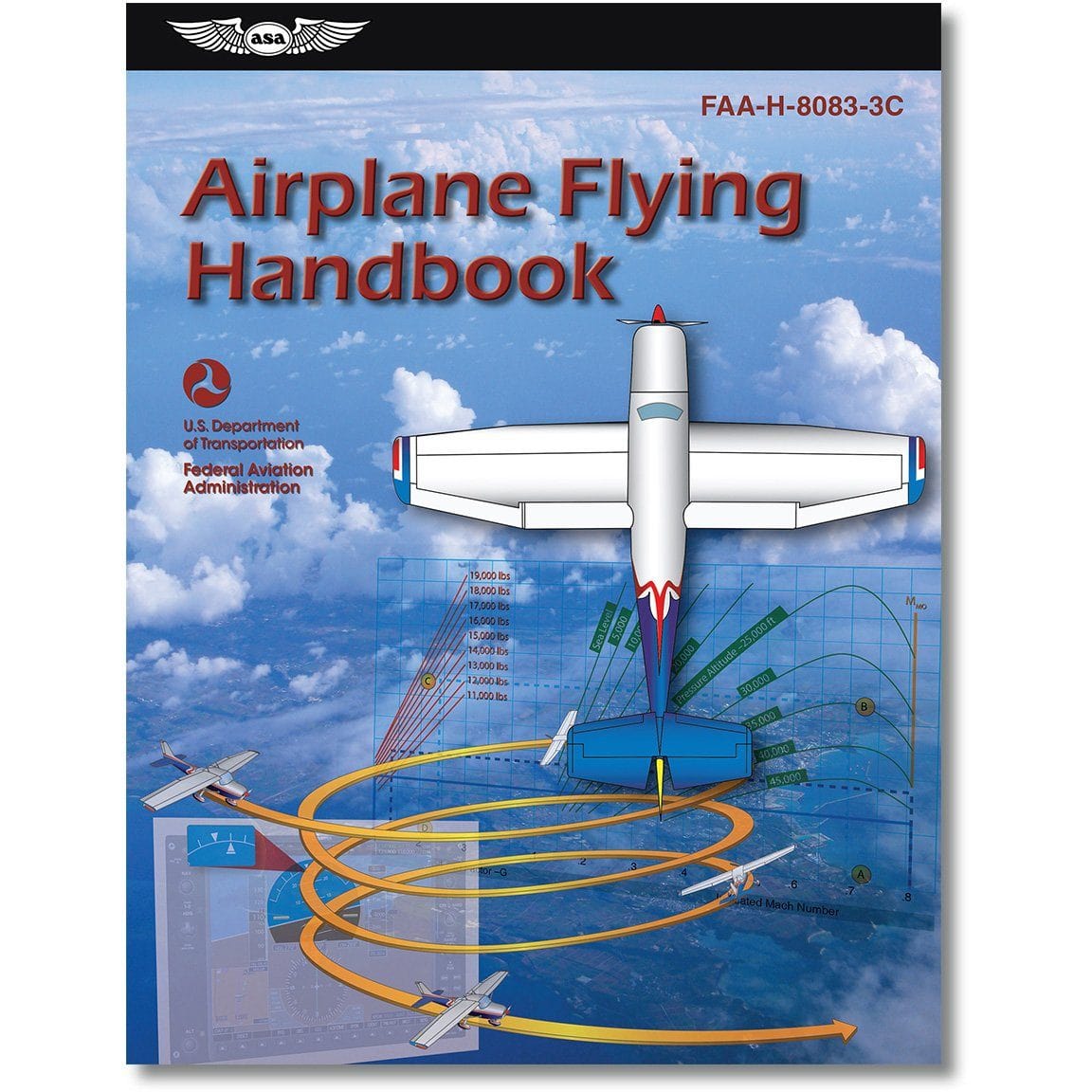Você está se perguntando o que são vórtices de ponta de asa e como eles funcionam? Temos a resposta para você. Vórtices de ponta de asa são espirais de ar criadas pelo diferencial de pressão entre as superfícies superior e inferior da asa de uma aeronave.
Isso leva a um arrasto induzido que reduz o desempenho da aeronave. Agora, winglets são extensões verticais ou anguladas nas pontas das asas, e são projetadas para mitigar esses vórtices, o que pode ajudar a melhorar o desempenho.
Neste artigo, exploraremos e responderemos tudo o que você precisa saber sobre esse tópico.
Vamos começar!
RESUMO
-
Os vórtices nas pontas das asas são resultado do ar de alta pressão que se espalha ao redor das pontas das asas, criando arrasto.
-
As winglets funcionam interrompendo esse fluxo de ar, reduzindo o arrasto induzido e melhorando a aerodinâmica.
-
Asas com alta proporção de aspecto ou outras alternativas de design também podem minimizar os efeitos dos vórtices nas pontas das asas.
-
Winglets melhoram o desempenho do combustível, mas nem sempre são a melhor escolha para todas as aeronaves.

O que são vórtices nas pontas das asas?
Vórtices de ponta de asa são colunas de ar em turbilhão criadas nas pontas das asas de uma aeronave. Elas se formam por causa da diferença de pressão entre as superfícies superior e inferior da asa.
O ar de alta pressão de baixo da asa tenta naturalmente se mover em direção à região de baixa pressão acima, espalhando-se pelas pontas das asas e espiralando para dentro.
Esse movimento espiral cria um vórtice — como um mini tornado — que fica atrás da aeronave. Embora os vórtices se dissipem eventualmente, eles representam energia desperdiçada, manifestando-se como arrasto induzido.
Por que os vórtices nas pontas das asas geram arrasto?
A sustentação gerada por uma asa é normalmente perpendicular ao fluxo de ar, ou vento relativo, ajudando a aeronave a subir ou manter a altitude.
Entretanto, os vórtices nas pontas das asas curvam o vento relativo para baixo, próximo às pontas das asas, inclinando o vetor de sustentação ligeiramente para trás.
Essa inclinação para trás cria arrasto induzido, o que reduz a eficiência da aeronave e exige mais potência do motor para manter a velocidade ou a altitude.

Como funcionam os Winglets?
Winglets são pequenas extensões verticais ou anguladas nas pontas das asas, projetadas especificamente para neutralizar os efeitos dos vórtices das pontas das asas. Veja como eles fazem isso:
-
Alterando a Direção do Fluxo: Winglets alteram o vento relativo na ponta da asa. O vórtice naturalmente se curva para cima e para dentro, dobrando o fluxo de ar. Ao redirecionar o fluxo de ar, o winglet cria sua própria sustentação.
-
Gerando Elevação para Frente: A elevação gerada pelo winglet aponta ligeiramente para frente, ajudando a neutralizar o arrasto induzido. Isso acontece porque a elevação do winglet é angulada na mesma direção do movimento para frente da aeronave.
-
Melhorando a eficiência: Ao mitigar a energia perdida no arrasto induzido, os winglets melhoram o uso de combustível, o alcance e o desempenho de subida.

Como as asas reduzem o arrasto
Winglets reduzem o arrasto ao domar o ar em turbilhão nas pontas das asas, chamados vórtices de ponta de asa. Esses vórtices se formam porque o ar de alta pressão sob a asa se espalha para a área de baixa pressão acima, criando uma espiral de ar que fica atrás da aeronave. Essa espiral arrasta o avião para baixo, literalmente transformando parte de sua sustentação em arrasto.
É aqui que entram os winglets. Eles são aquelas extensões em ângulo ascendente nas pontas das asas, e funcionam como mini asas. Ao redirecionar o fluxo de ar nas pontas, os winglets interrompem o vórtice e impedem que ele cresça tão forte.
Eles não apenas reduzem o arrasto causado por esses vórtices, mas também geram um pouco de sustentação extra, ligeiramente inclinada para a frente, o que ajuda a aeronave a se mover com mais eficiência.
O resultado? Menor consumo de combustível, alcance melhorado e melhor desempenho.

O que é um Blended Winglet?
Os winglets combinados conectam-se à asa com uma curva suave em vez de um ângulo agudo. Isso ajuda a reduzir o arrasto de interferência onde a asa do avião e o winglet se encontram.
Ângulos agudos nessa área podem interromper o fluxo de ar da camada limite. Isso pode criar vórtices indutores de arrasto que cancelam alguns dos benefícios do winglet. Ao suavizar essa transição, um winglet misturado ajuda a fornecer melhor fluxo de ar.
Split scimitar winglets são um design mais avançado desenvolvido pela Aviation Partners Boeing. Split scimitar winglets combinam os benefícios de blended winglets com alguns ajustes aerodinâmicos adicionais.
Esses ajustes incluem um componente apontando para baixo na borda de fuga. Isso ajuda a melhorar tanto a redução do arrasto quanto a eficiência de combustível.
O papel da proporção de aspecto e do design da asa
Winglets não são a única opção para melhorar o desempenho aerodinâmico. Existem asas de alta proporção, como aquelas com pontas de asa inclinadas, e estas também reduzem o arrasto aumentando a envergadura da asa.
Asas finas com proporções de aspecto mais altas experimentam menor arrasto induzido porque as pontas das asas estão mais distantes da área principal da asa. Isso pode reduzir o impacto dos vórtices nas pontas das asas.
Adicionar winglets oferece benefícios aerodinâmicos semelhantes sem exigir uma asa maior, o que pode ser importante para a compatibilidade com aeroportos. Basicamente, winglets são uma escolha popular tanto para novos projetos de aeronaves quanto para aviões comerciais modernizados.

Por que nem todas as aeronaves têm winglets?
Nem todas as aeronaves são projetadas com winglets, e por um bom motivo. Algumas aeronaves, como certos modelos do Boeing 777, usam designs de asas alternativos para obter benefícios aerodinâmicos semelhantes.
Por exemplo, as asas de grande envergadura e alta proporção do 777 reduzem o impacto dos vórtices nas pontas das asas naturalmente, tornando as winglets desnecessárias.
Em outros casos, o peso adicional ou a complexidade estrutural dos winglets podem superar seus benefícios, dependendo da missão da aeronave e das restrições de projeto.

Perguntas frequentes
-
Como os winglets reduzem os vórtices nas pontas das asas?
As winglets interrompem o fluxo de ar ao redor das pontas das asas, enfraquecendo a formação de vórtices e, portanto, reduzindo o arrasto induzido.
-
Como funcionam os vórtices nas pontas das asas?
Os vórtices nas pontas das asas se formam devido às diferenças de pressão nas superfícies das asas, fazendo com que o ar circule da área de alta pressão abaixo da asa para a área de baixa pressão acima.
-
Como funcionam as winglets?
As winglets se estendem das pontas das asas para alterar os padrões de fluxo de ar, diminuindo a força dos vórtices nas pontas das asas e melhorando o desempenho aerodinâmico.
-
Por que não há winglets em alguns modelos do Boeing 777?
Certos modelos do Boeing 777 apresentam designs de asas que reduzem inerentemente o arrasto induzido, tornando desnecessárias as winglets adicionais.
Remover
Aprender sobre a interação entre vórtices nas pontas das asas e winglets é importante para entender como as aeronaves modernas têm melhor desempenho.
Os winglets servem como uma solução para reduzir o arrasto induzido, e sua implementação depende de vários fatores, incluindo o design da asa existente e os requisitos específicos da aeronave.
Continue aprendendo mais sobre aerodinâmica e aumente seus conhecimentos sobre aviação!
Interessado em aerodinâmica?
Nossos guias foram projetados para ajudar!
-
Compreendendo o Princípio de Bernoulli: Conceitos-chave explicados
-
Cambagem do aerofólio: seu efeito na aerodinâmica Como gera sustentação
-
Como funcionam os planadores: o que os mantém no ar (guia completo)
Você achou este artigo útil?
Você acha que esquecemos de uma pergunta importante da entrevista? Deixe-nos saber nos comentários abaixo!







